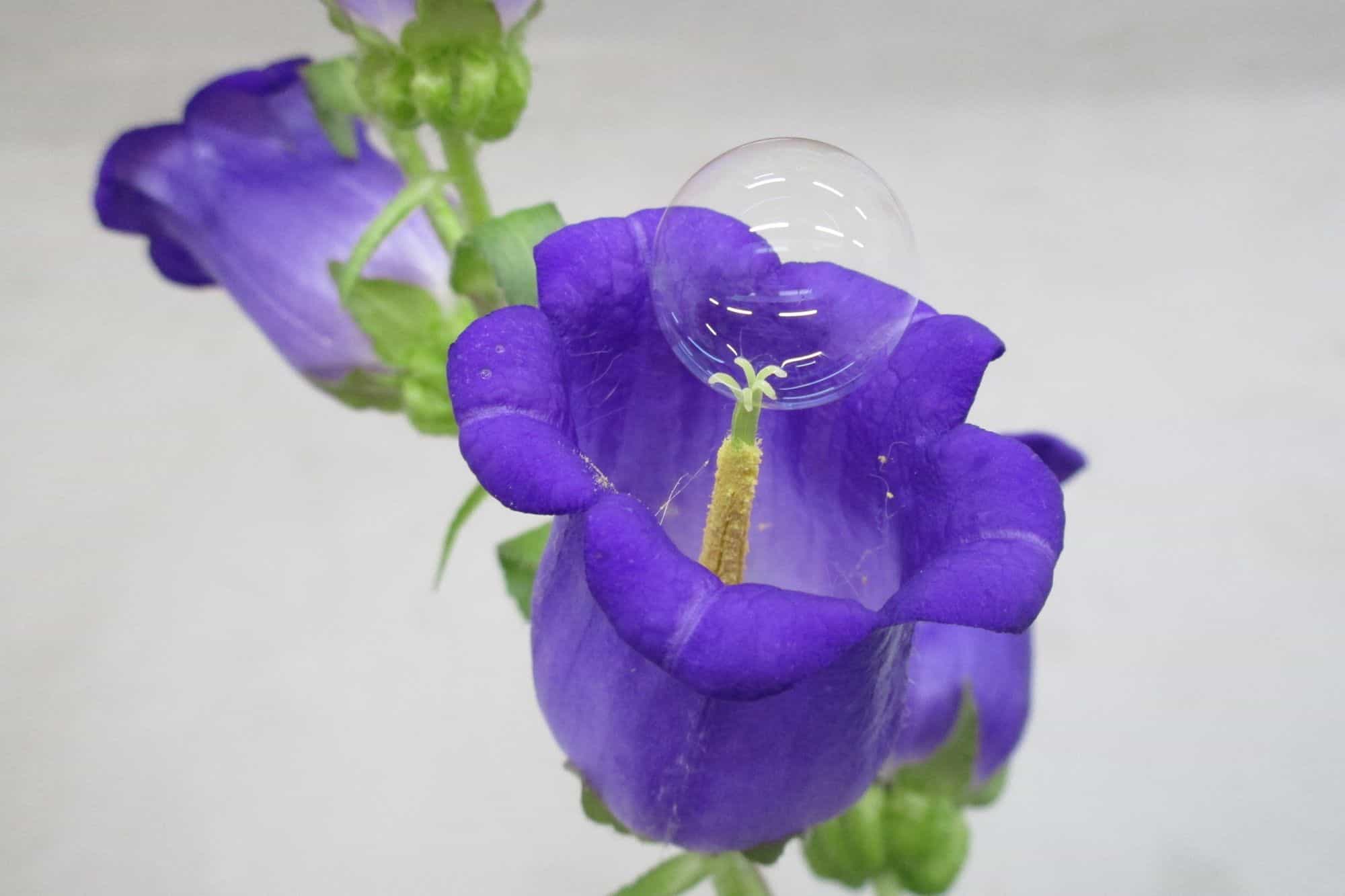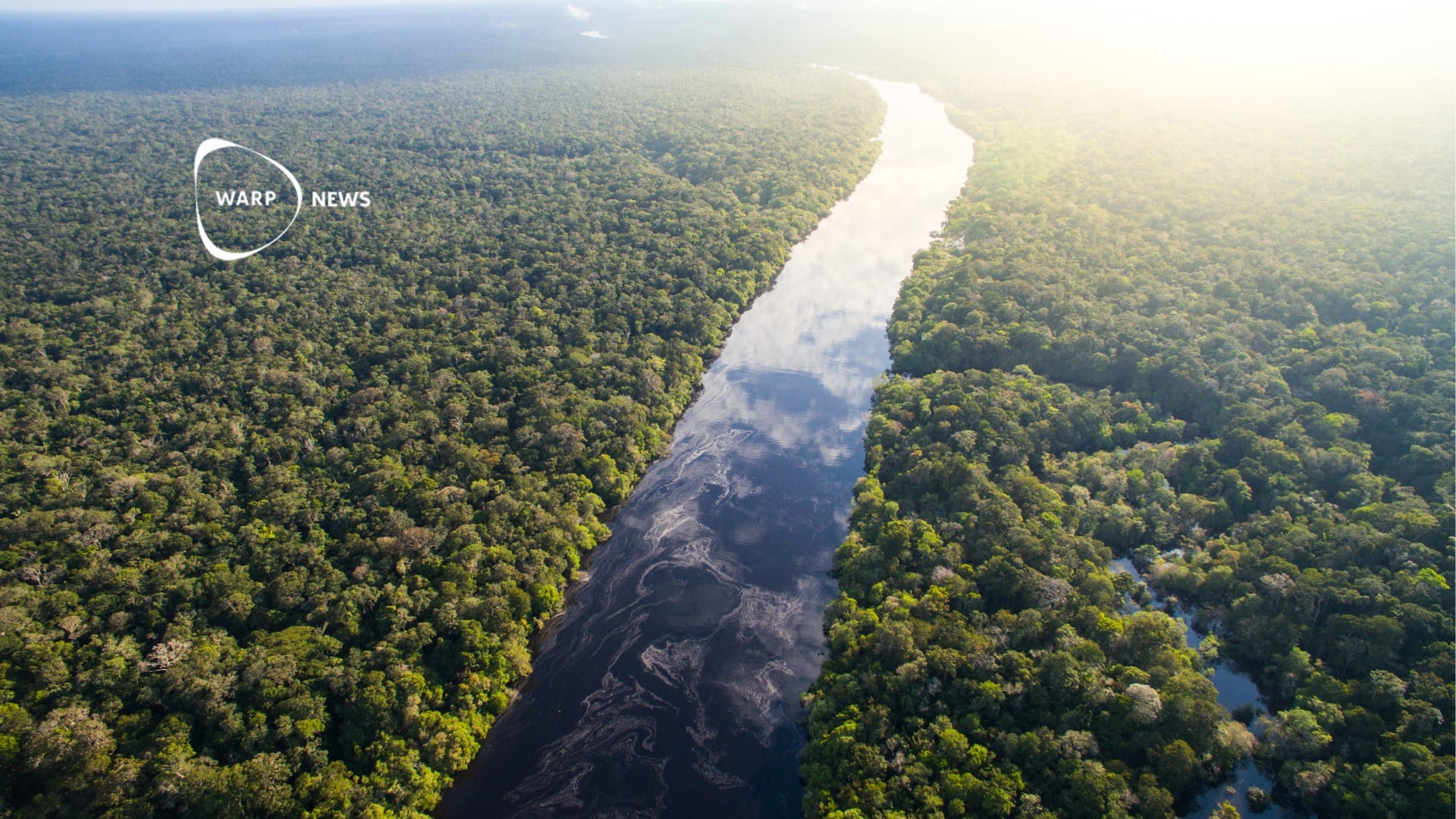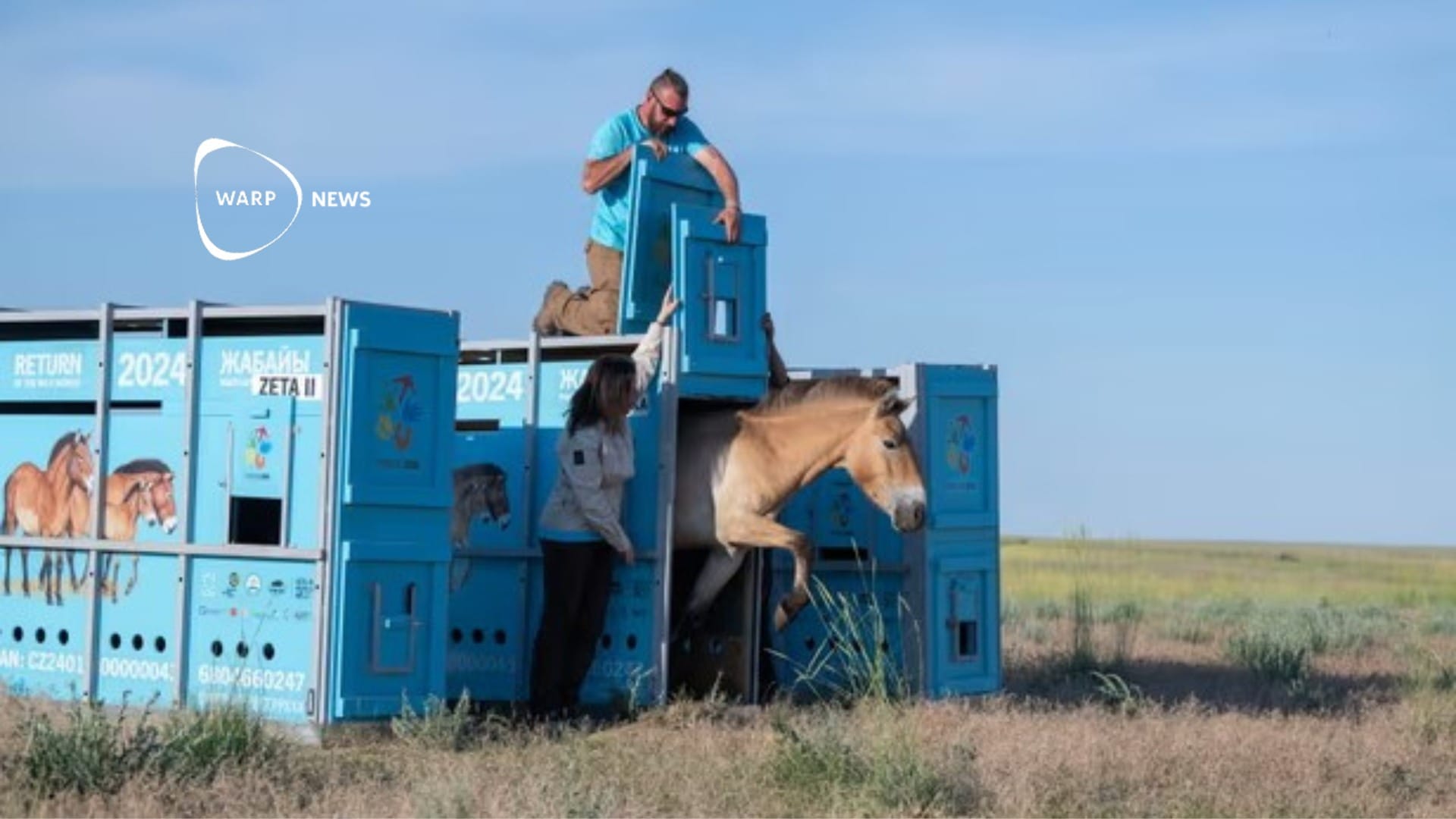
🧼 Soap bubbles pollinate plants and give us more fruit
Small soap bubbles can pollinate plants, which can ensure fertilization and food production in these times when pollinating insects are not as numerous as before.
Share this story!
Insects that pollinate plants have become fewer in many places in the world. The headlines on how bees are getting fewer and fewer, and the effect it has on plants' ability to reproduce and by extension, our food production, have been many. There are several initiatives to reverse that trend and the commitment to our pollinating insects has increased. At the same time, there is the risk that we will not reverse the trend quickly enough. In that case, we will be fortunate that there are more inventive people who come up with ideas to help our buzzing friends.
Japanese scientists have now succeeded in a method of pollinating plants using small soap bubbles and are now testing to distribute them with drones (that is, the artificial ones with propellers, not the drones found in bee communities).
The recipe for the seed bubbles differs a lot from those we blow in the park on a beautiful summer day. The process of developing the recipe has taken time and it has been a balancing act between getting the bubbles to hold and not interrupting the opportunity for them to carry pollen. It turns out that the perfect recipe contains a concentration of 0.4 percent lauramidopropyl betaine, a common ingredient in shampoos for young children. The recipe also contains several substances that will help pollen to heal, as well as a polymer that strengthens the bubbles so that they last longer. The result is bubbles that can carry about 2,000 pollen grains per bubble. The recipe also has the advantage of being completely non-toxic. "You can actually drink it," says one of the creators, dr. Eijiro Miyako at JapanAdvanced Institute of Science and Technology , to the New York Times.
The bubbles are just one way to resolve the situation temporarily, while the world is finding more ways to save our pollinating insect friends. The bubbles also lack the ability to collect pollen from the plants, but must be prepared with pollen before being released over the fields to be pollinated. For the time being, however, the technology is a way of keeping up important plant crops and securing our access to food while waiting for insect populations to recover.
Photo: Ejiro Miyako
By becoming a premium supporter, you help in the creation and sharing of fact-based optimistic news all over the world.


